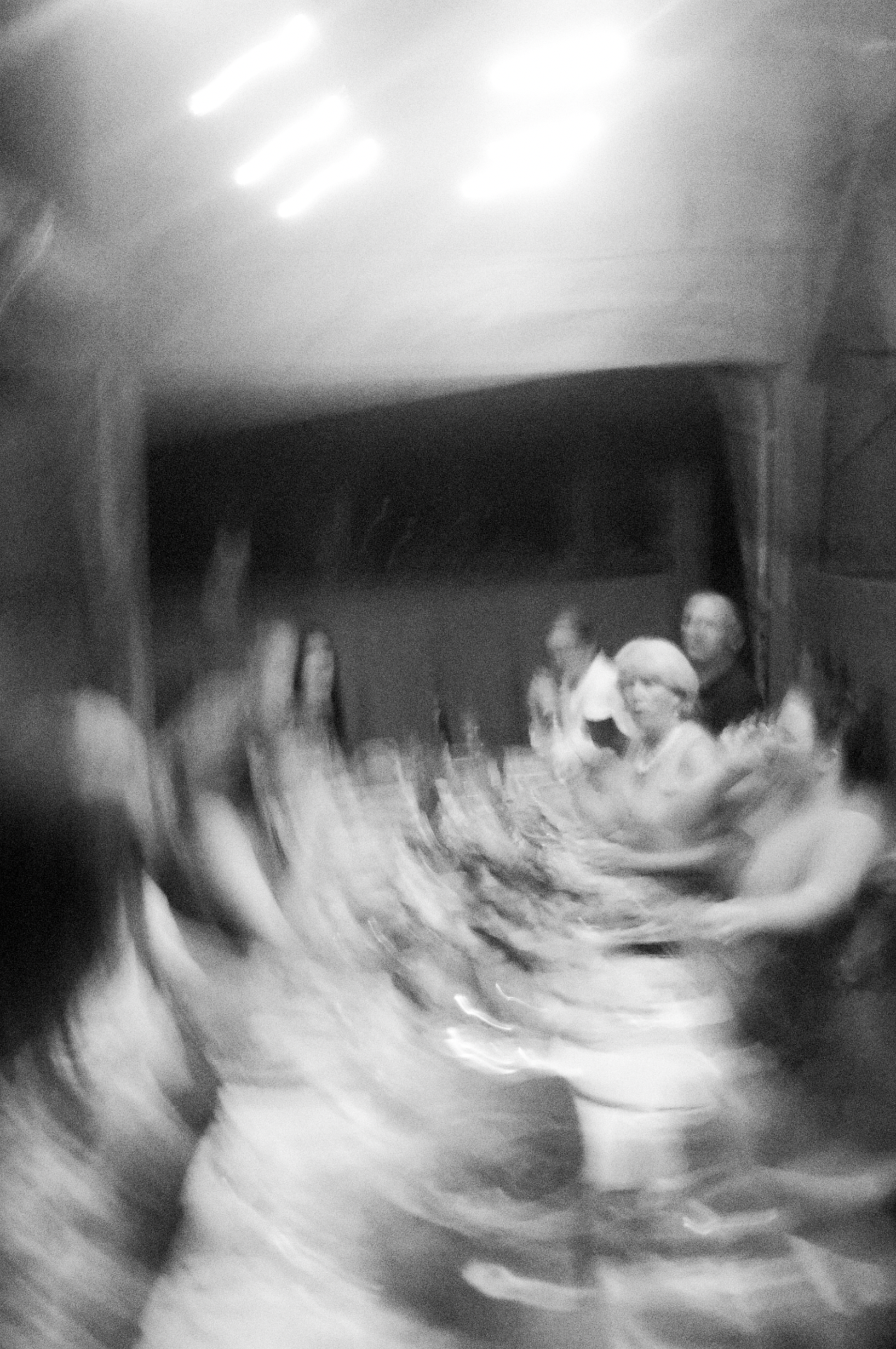

Does the fact that those two images were made “in camera” make them more interesting?
While I was visiting family this past weekend I helped Abby’s uncle understand a new digital camera he bought from someone. The previous owner sold a variety of magnifying filters as well as +stop filters along with the camera. Through a bit of forensic work I worked out that this gentleman was likely using his camera to photograph plants and animals up close, in full daylight, with a strong bokeh and shallow depth of field. He used large telephoto lenses, brought even closer with magnifying filters to get very close to his subject, he’d then darken the scene with smoked filters so he could increase his f-stop. I’ve done something similar, but with push processing.
When I did my push processing I was using an analog camera. I would add a 4-stop ND filter, and then process my film 4-stops to get increased grain and contrast. It was not worth the trouble, but it was all done in camera, and that’s cool.
This gentleman was using a modern mirrorless lumix, but he went through such trouble to get in-camera results when it would likely be faster, more reliable, and more effective to use post-processing software. Further, that thing’s a glorified scanner anyways. There’s very little authentic about it.
Our comittment to the vestiges of authenticity are fascinating in their depth and curvaciousness, is what I’m getting at.
I do think that the above photographs would be less interesting if they were the result of a photoshop tutorial. In reality, I had had a few beers, and I simply twisted my camera as I took the pictures, resulting in a little blurry twist. To mean, that speaks to the evening itself, the whimsy of it. There’s almost nothing whimsical about photoshop.
While I was visiting family this past weekend I helped Abby’s uncle understand a new digital camera he bought from someone. The previous owner sold a variety of magnifying filters as well as +stop filters along with the camera. Through a bit of forensic work I worked out that this gentleman was likely using his camera to photograph plants and animals up close, in full daylight, with a strong bokeh and shallow depth of field. He used large telephoto lenses, brought even closer with magnifying filters to get very close to his subject, he’d then darken the scene with smoked filters so he could increase his f-stop. I’ve done something similar, but with push processing.
When I did my push processing I was using an analog camera. I would add a 4-stop ND filter, and then process my film 4-stops to get increased grain and contrast. It was not worth the trouble, but it was all done in camera, and that’s cool.
This gentleman was using a modern mirrorless lumix, but he went through such trouble to get in-camera results when it would likely be faster, more reliable, and more effective to use post-processing software. Further, that thing’s a glorified scanner anyways. There’s very little authentic about it.
Our comittment to the vestiges of authenticity are fascinating in their depth and curvaciousness, is what I’m getting at.
I do think that the above photographs would be less interesting if they were the result of a photoshop tutorial. In reality, I had had a few beers, and I simply twisted my camera as I took the pictures, resulting in a little blurry twist. To mean, that speaks to the evening itself, the whimsy of it. There’s almost nothing whimsical about photoshop.